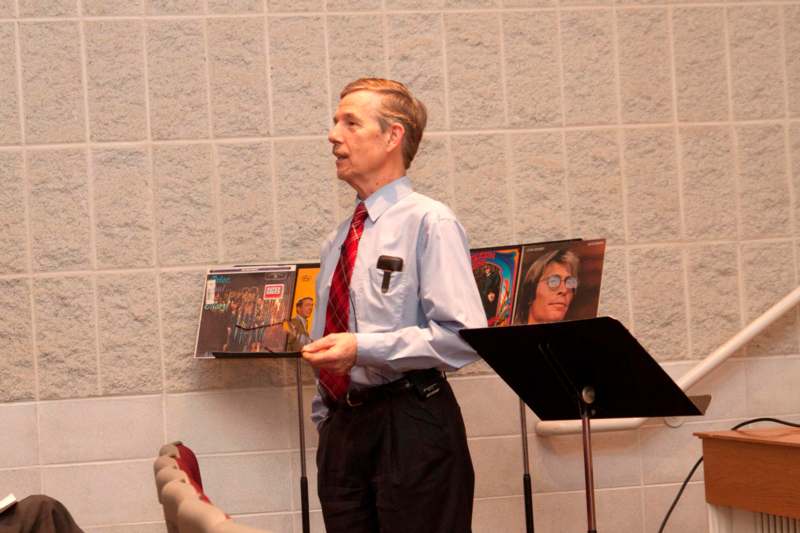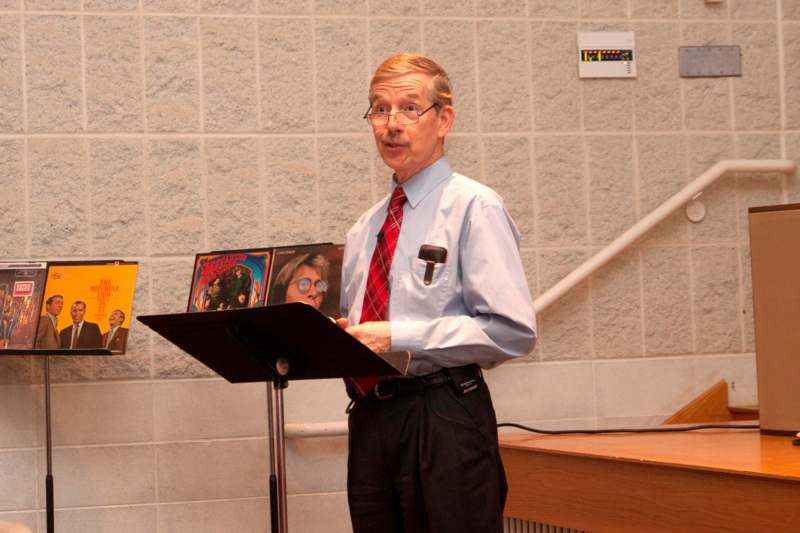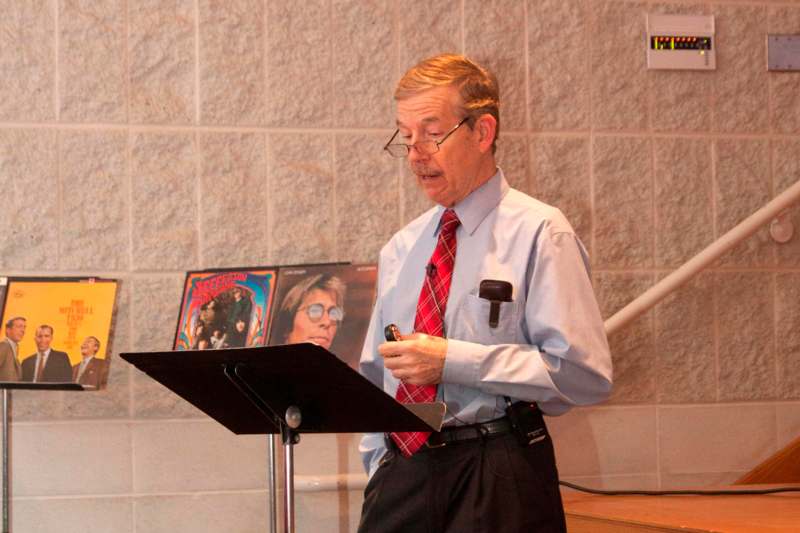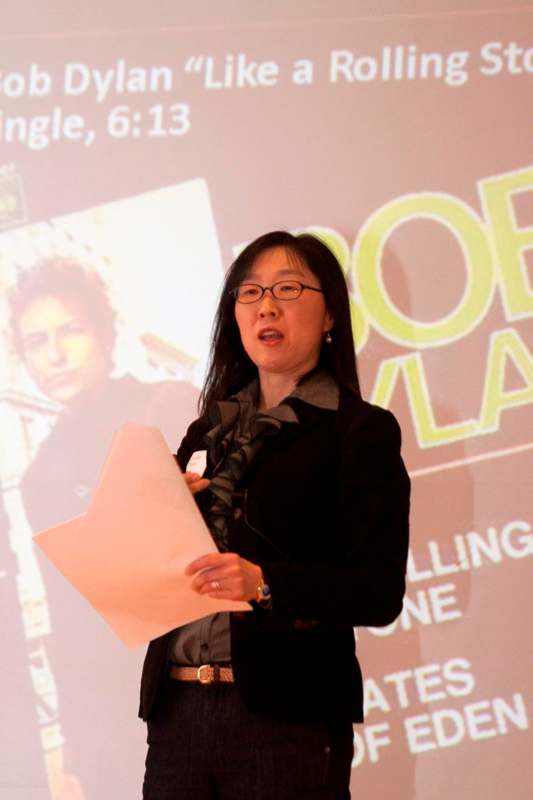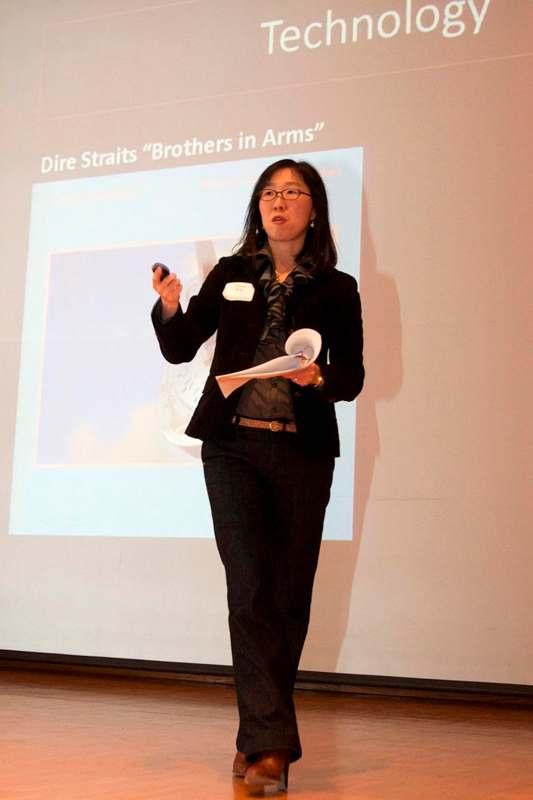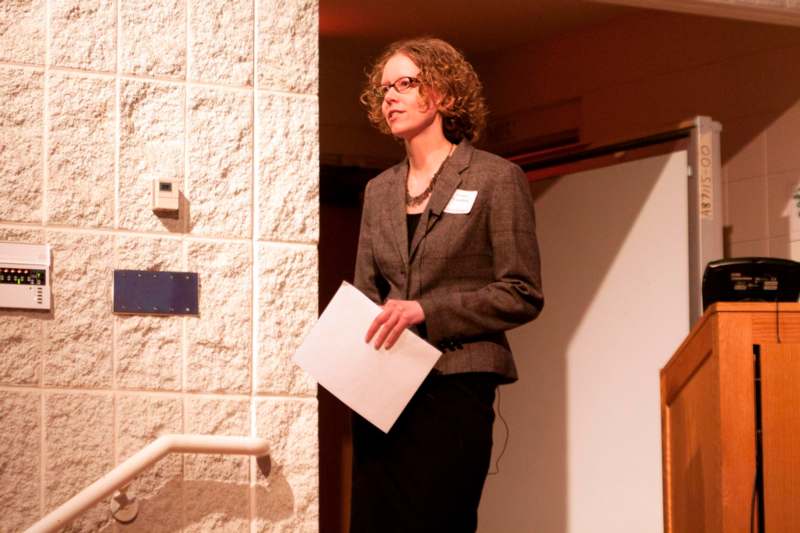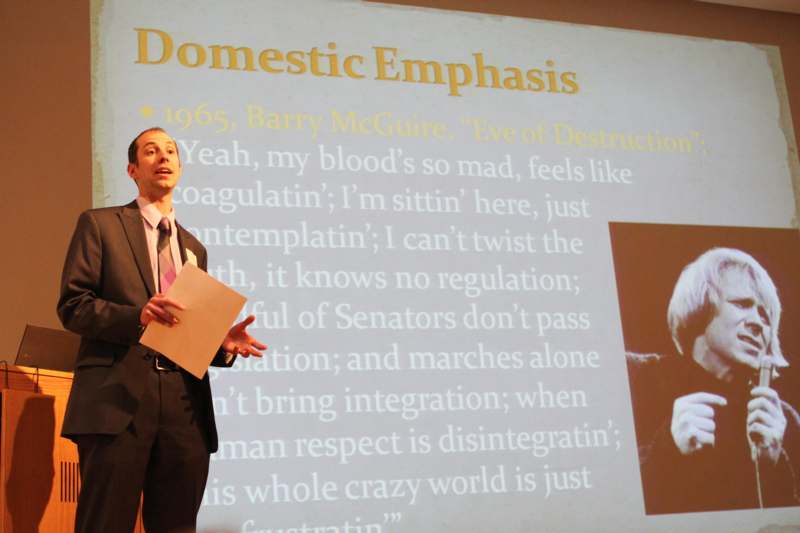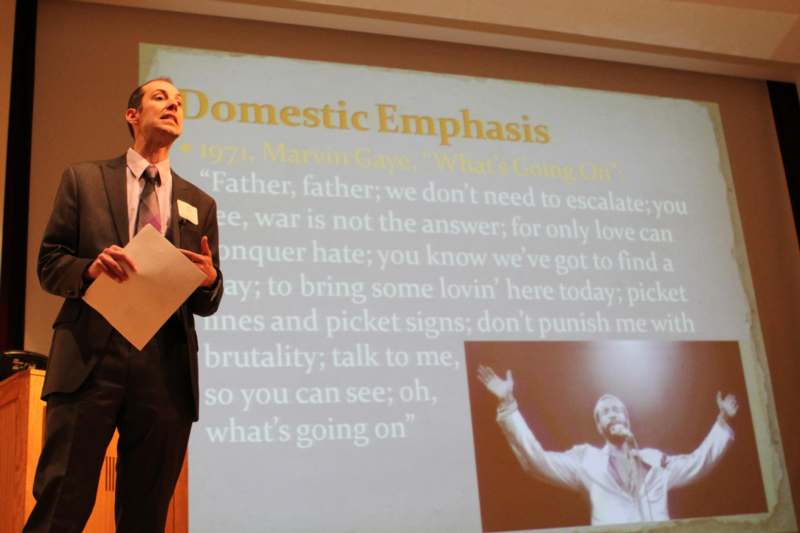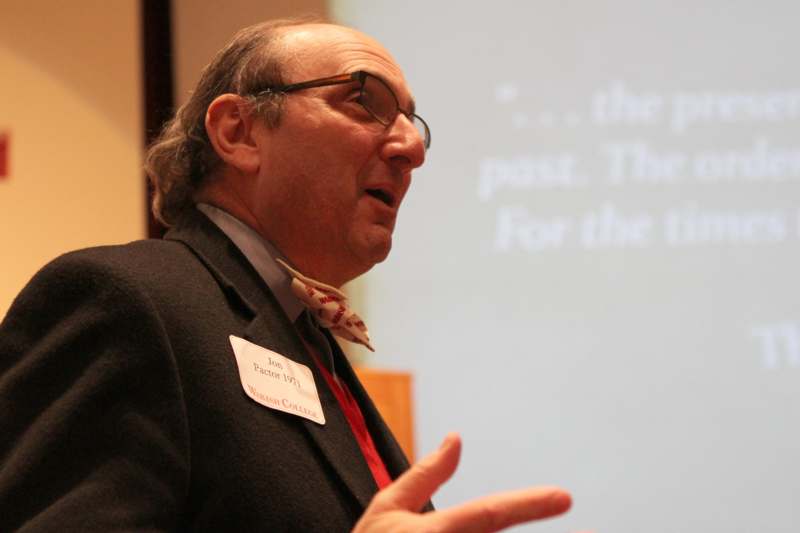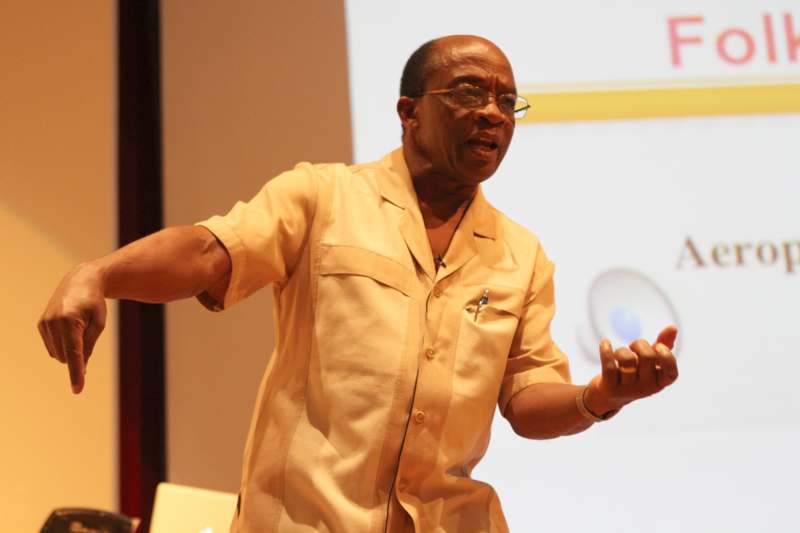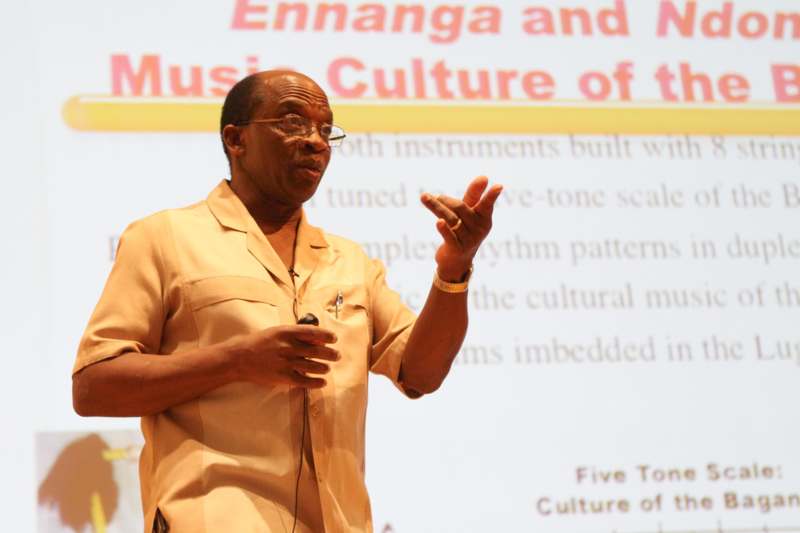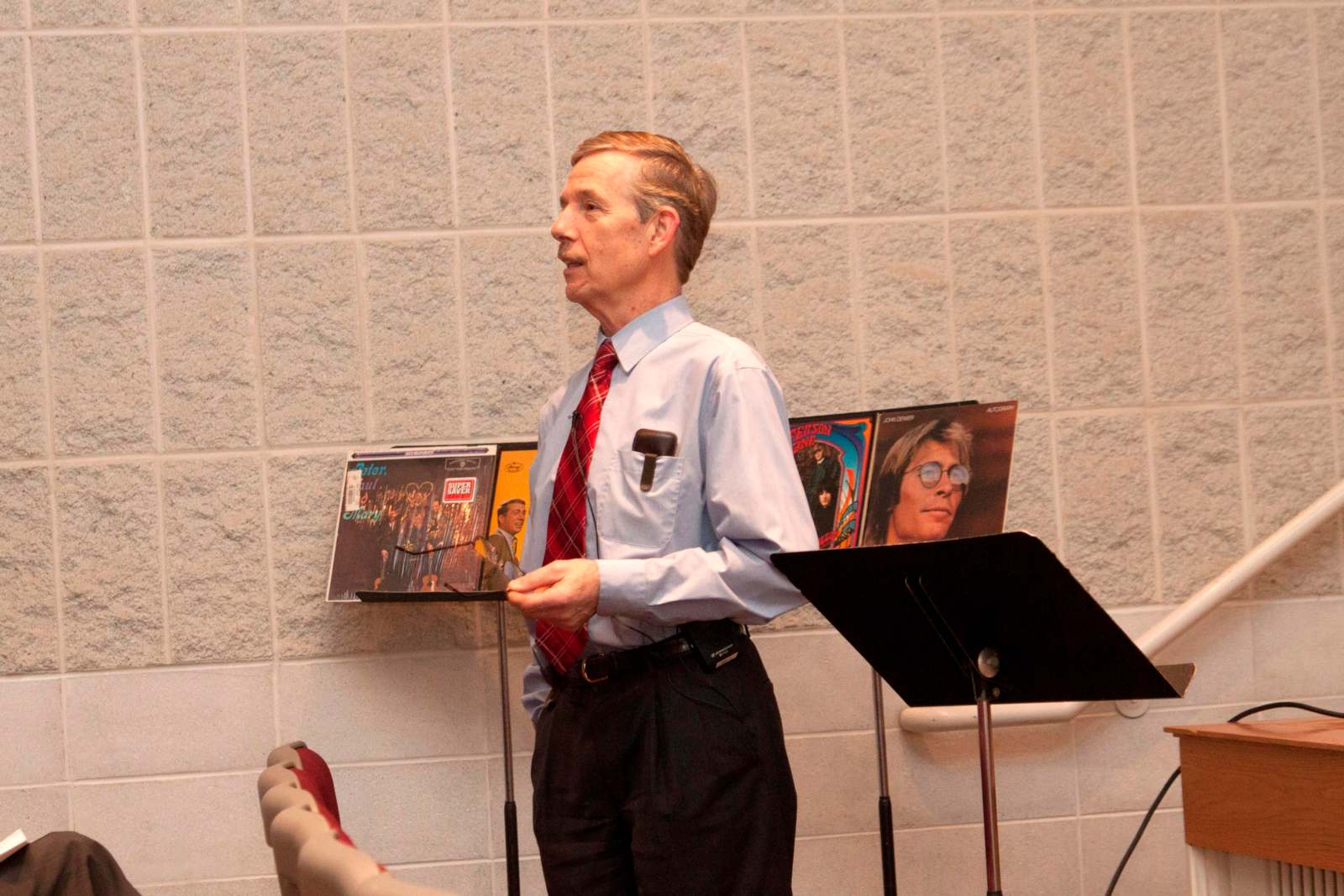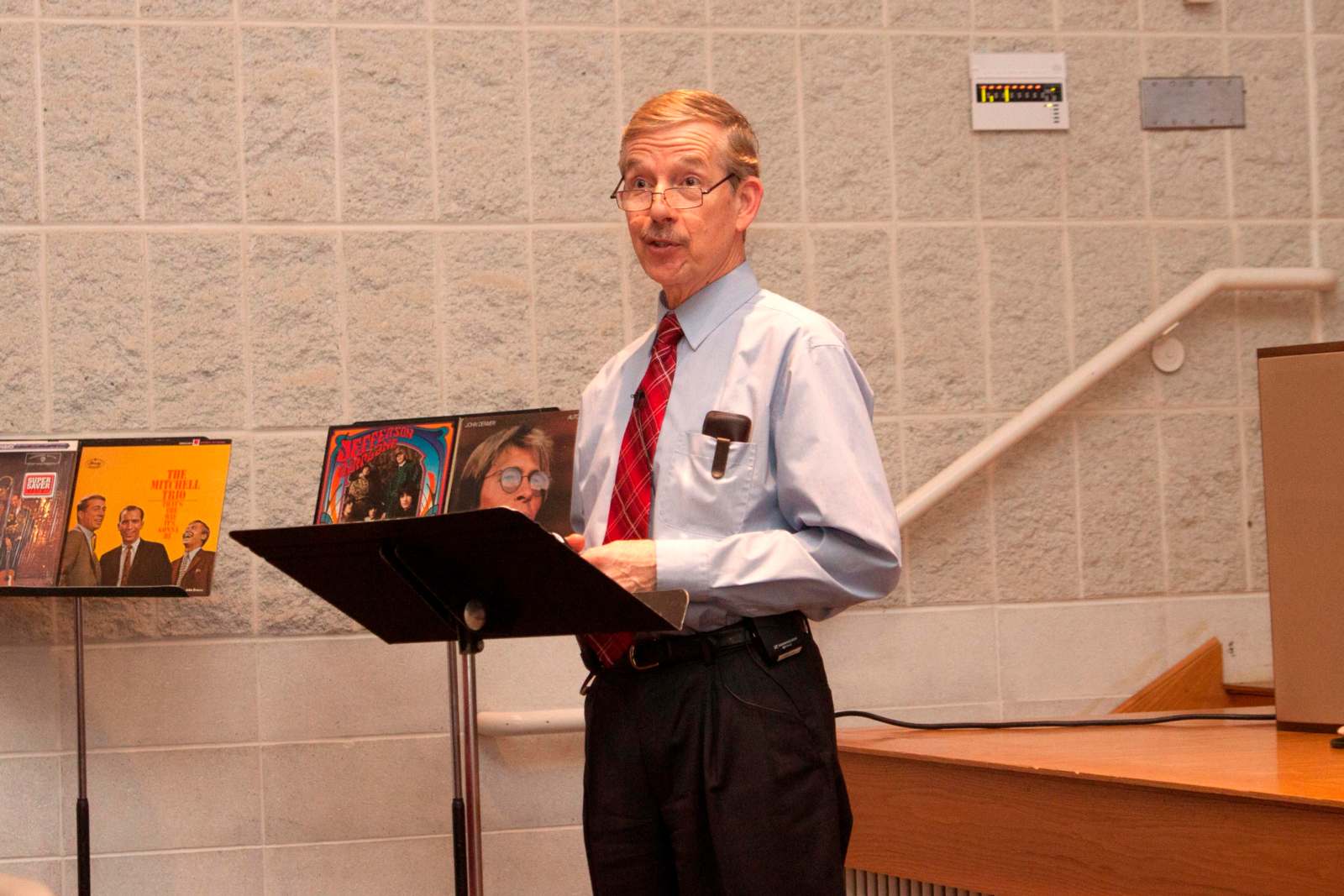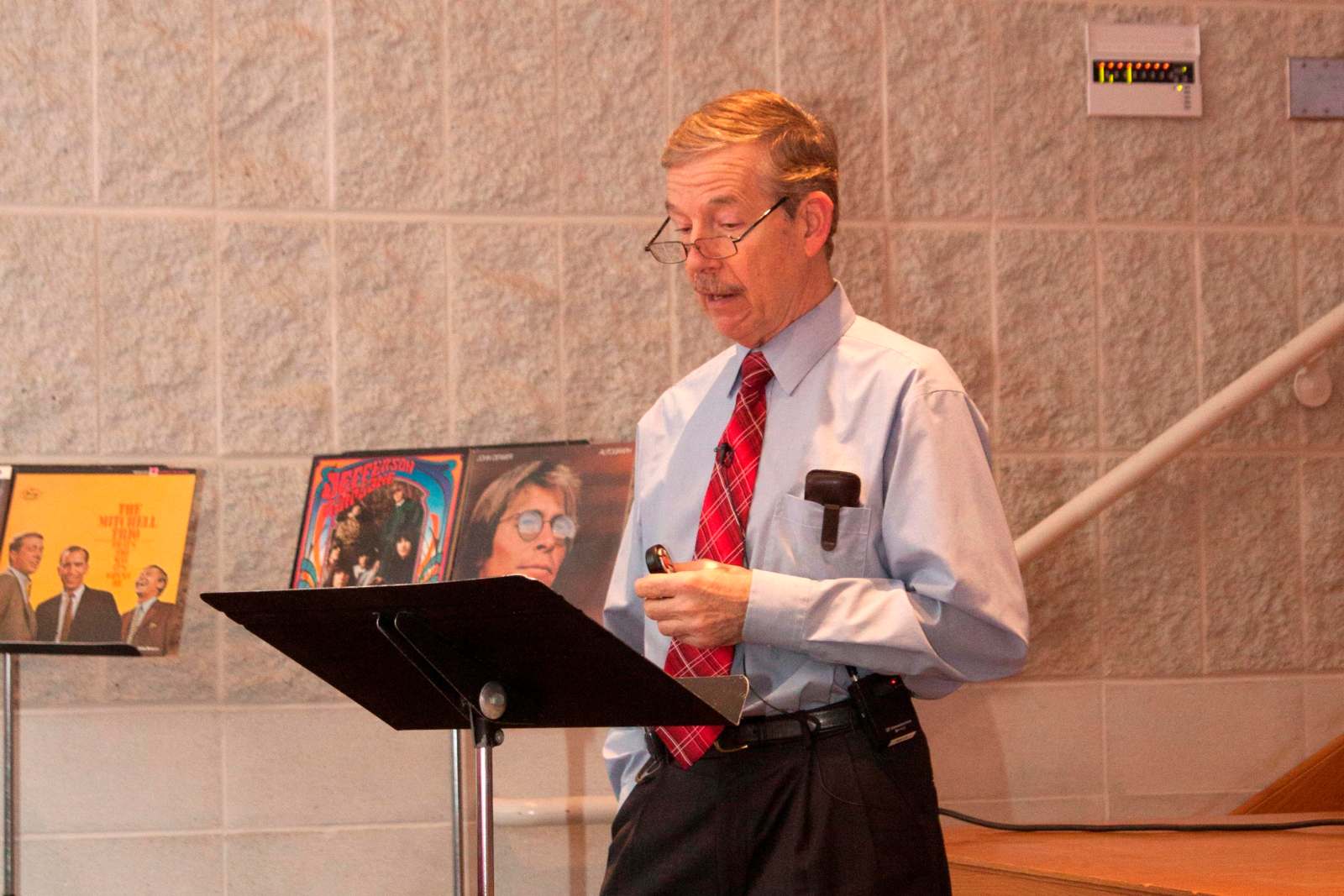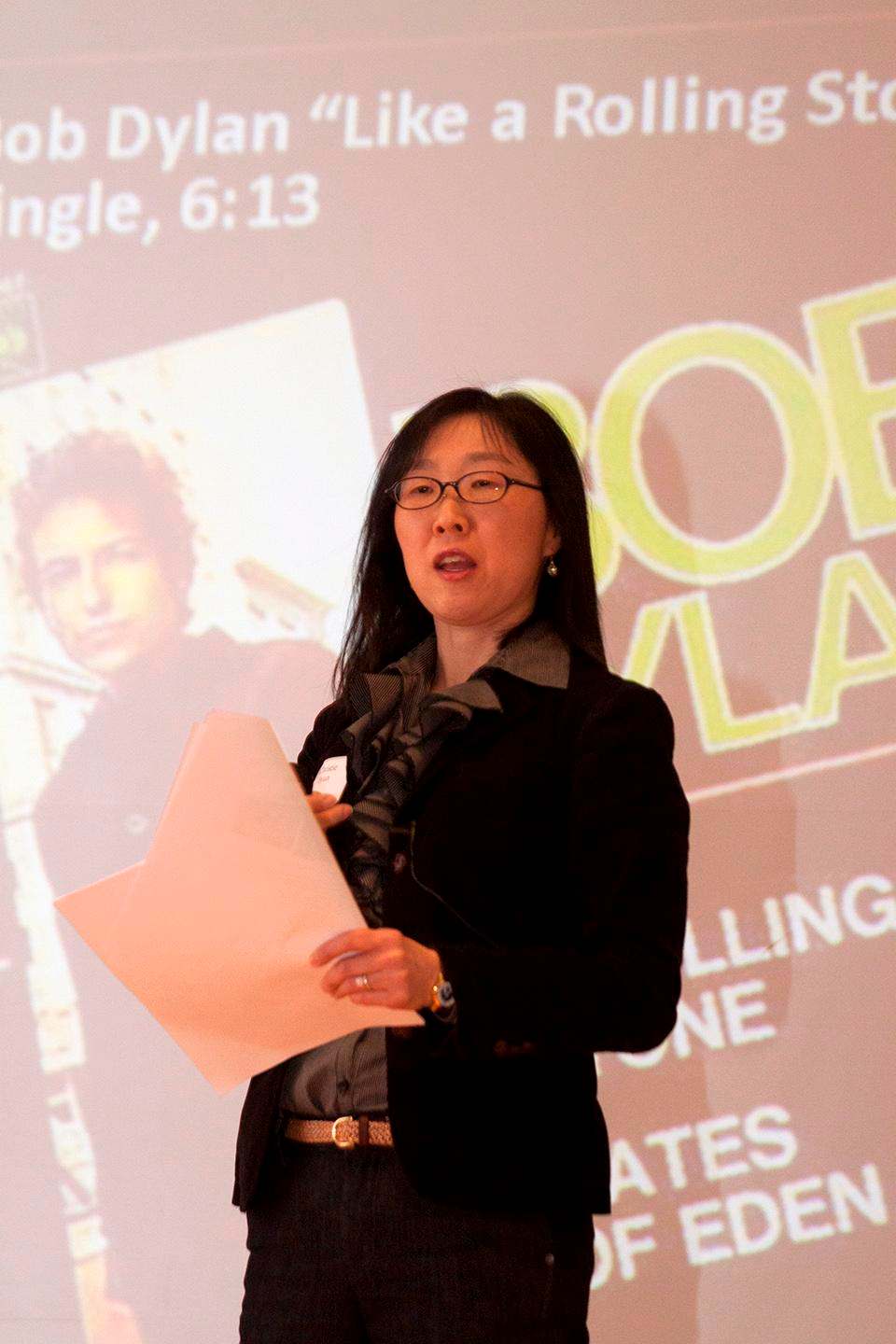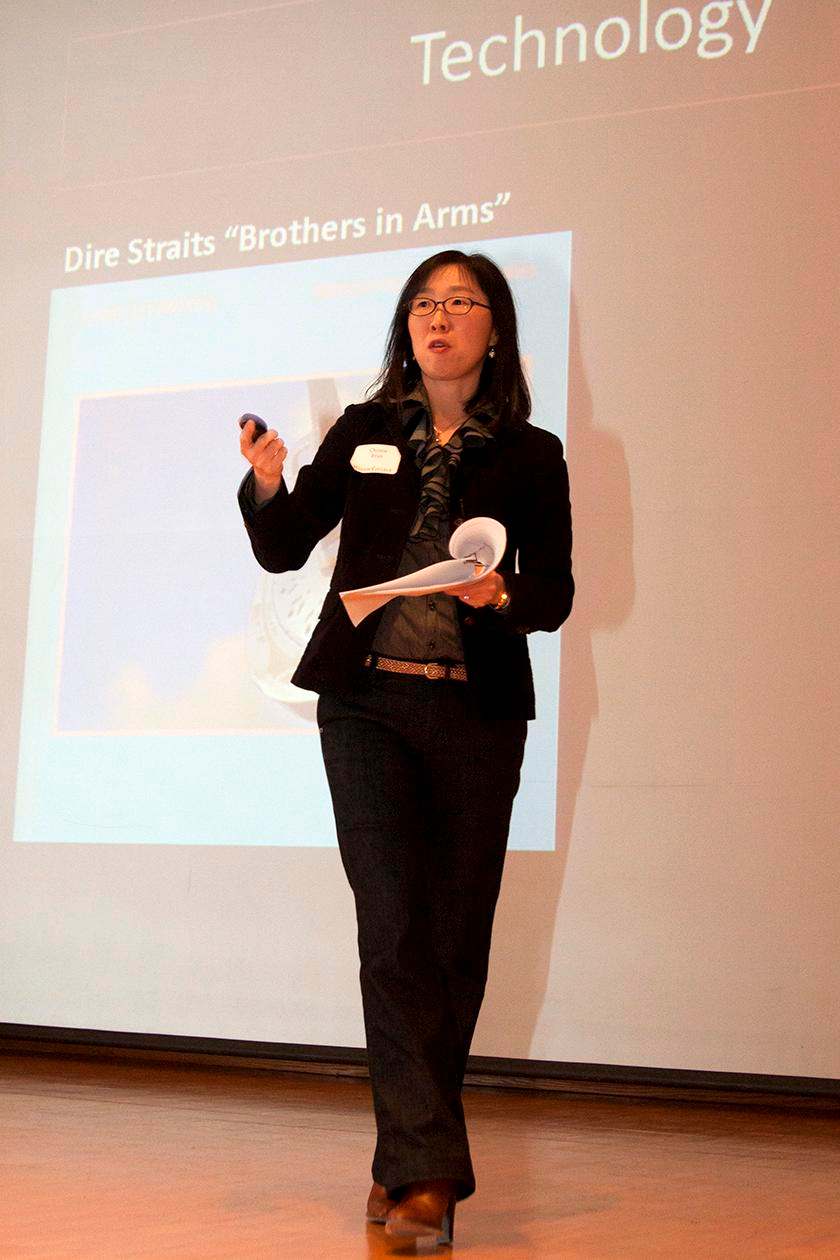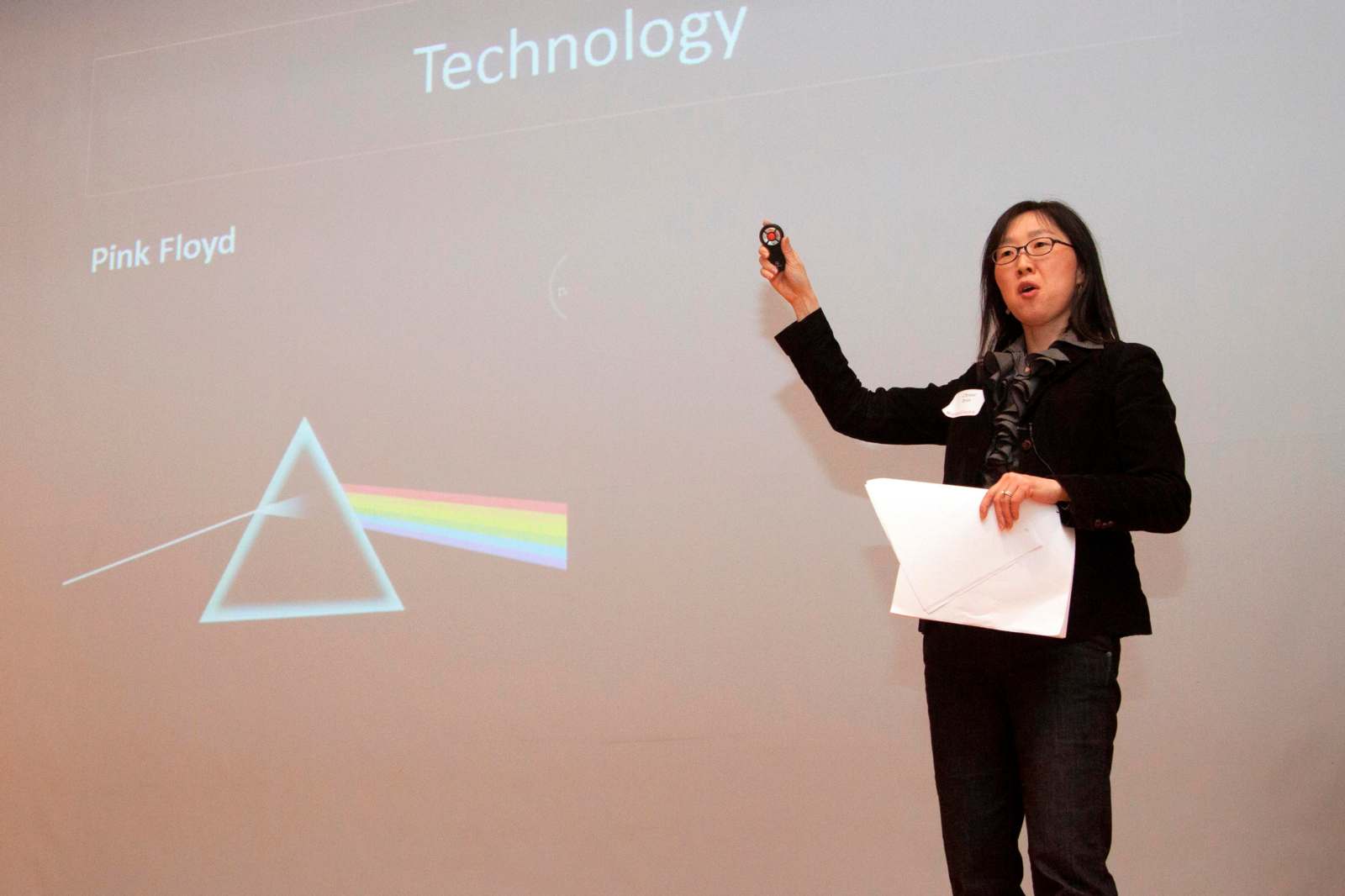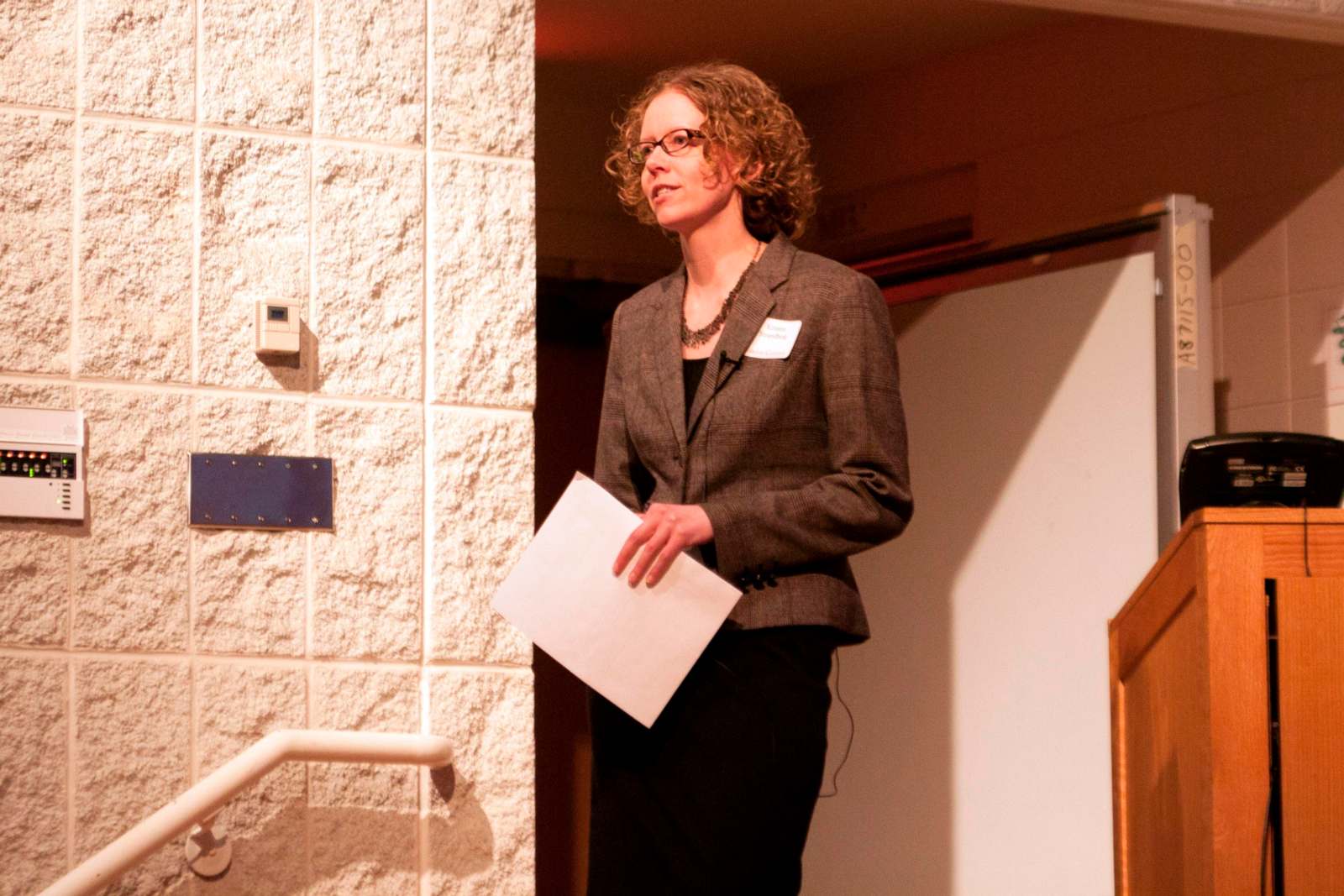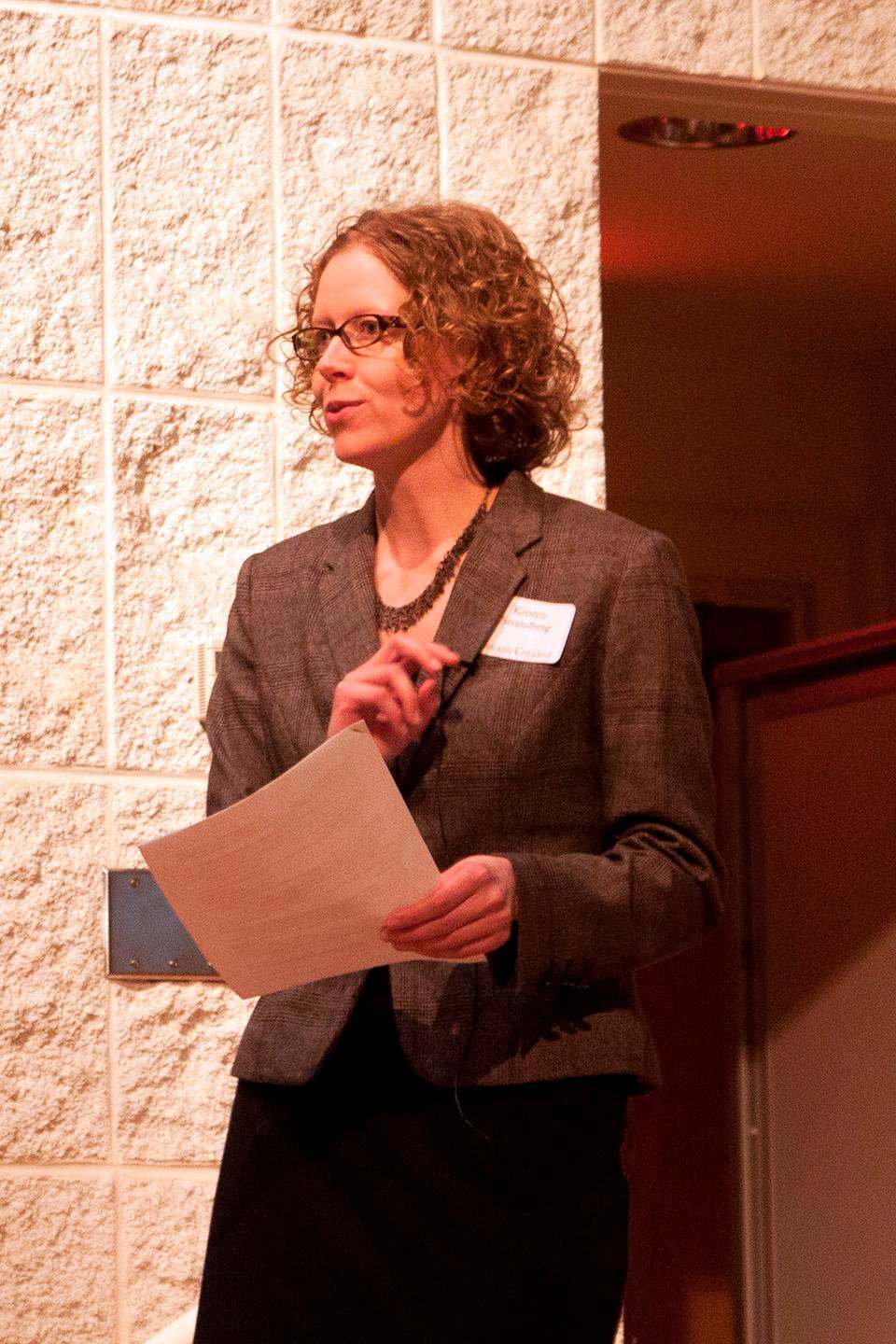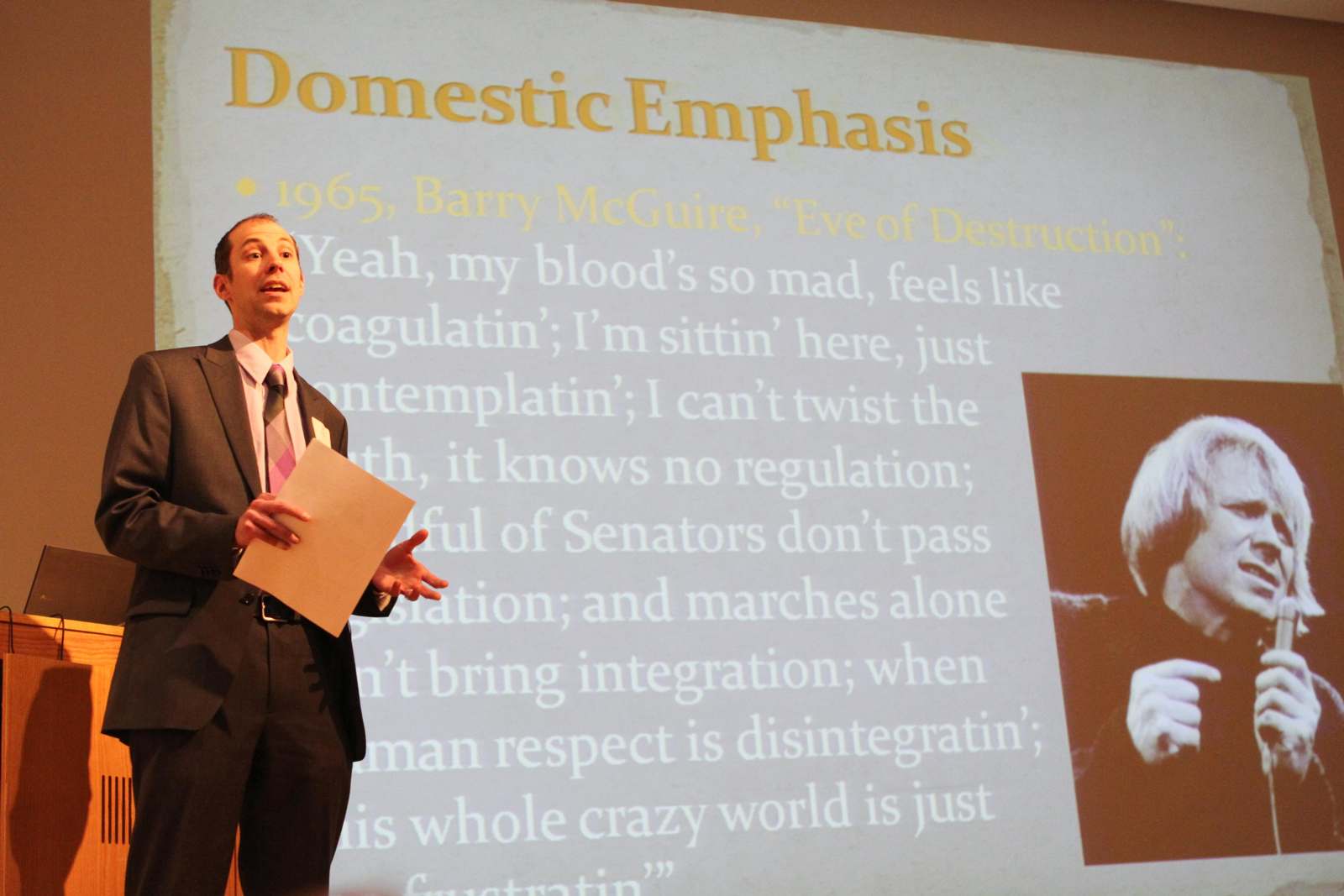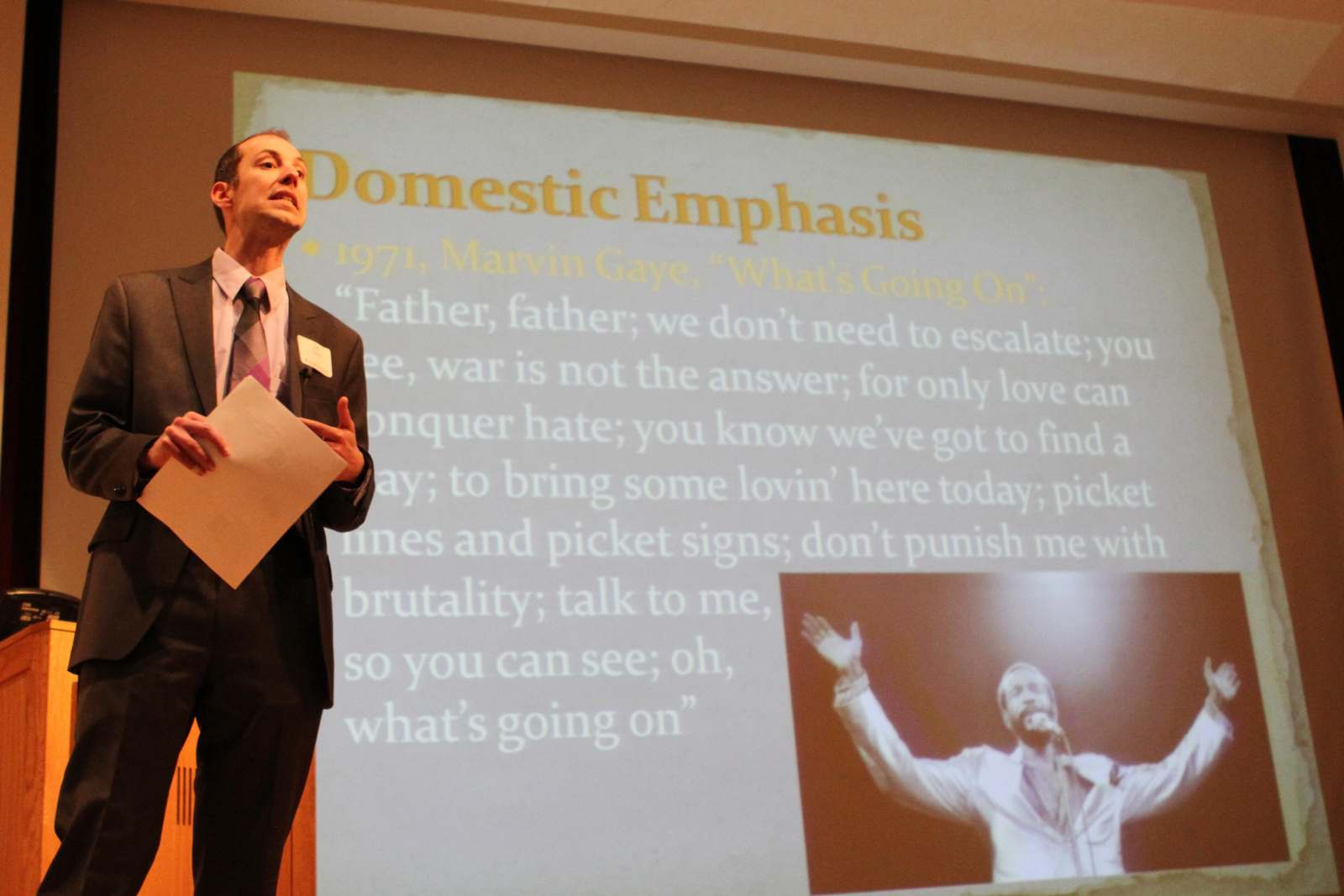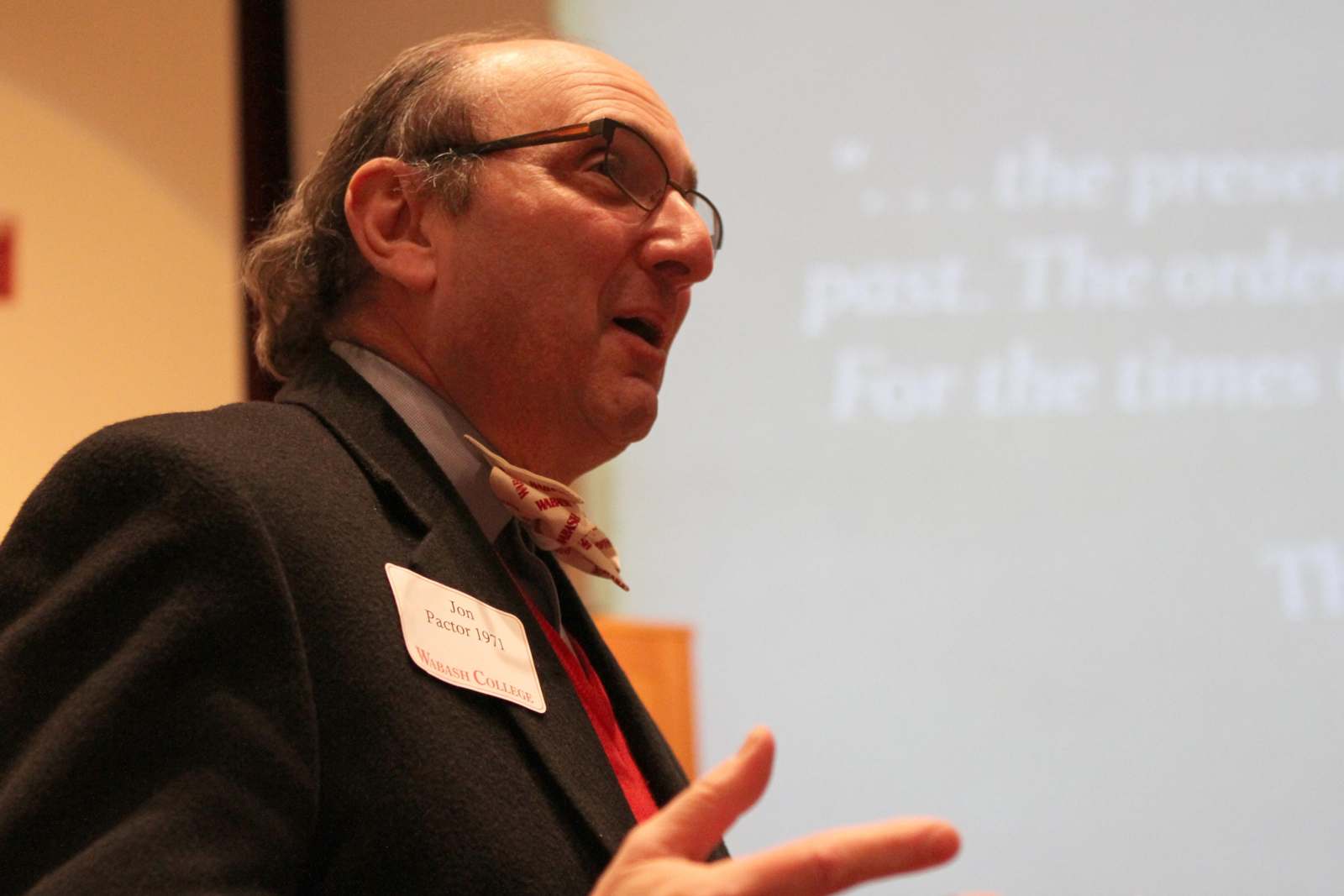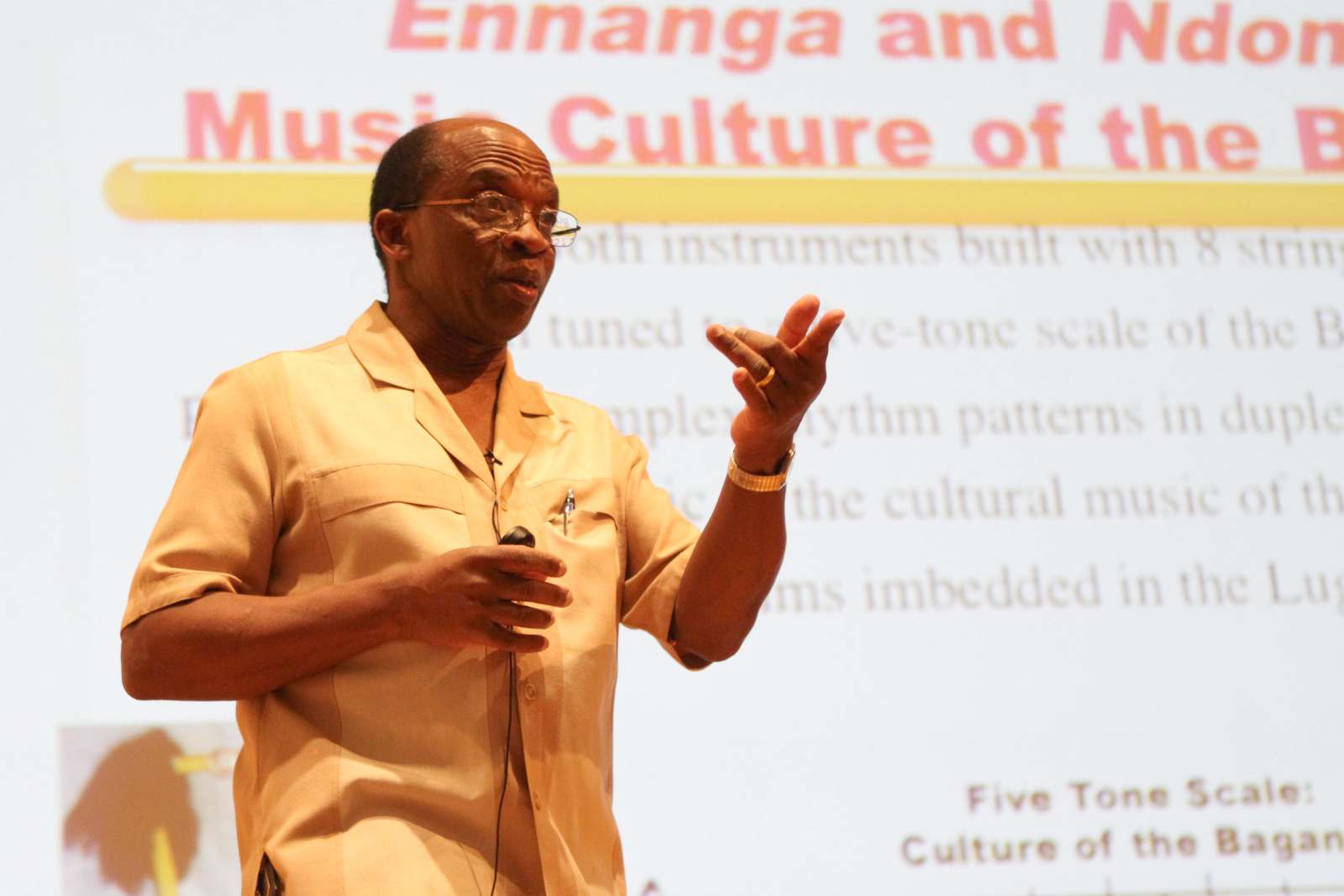Wally Tunes Sessions Album Two
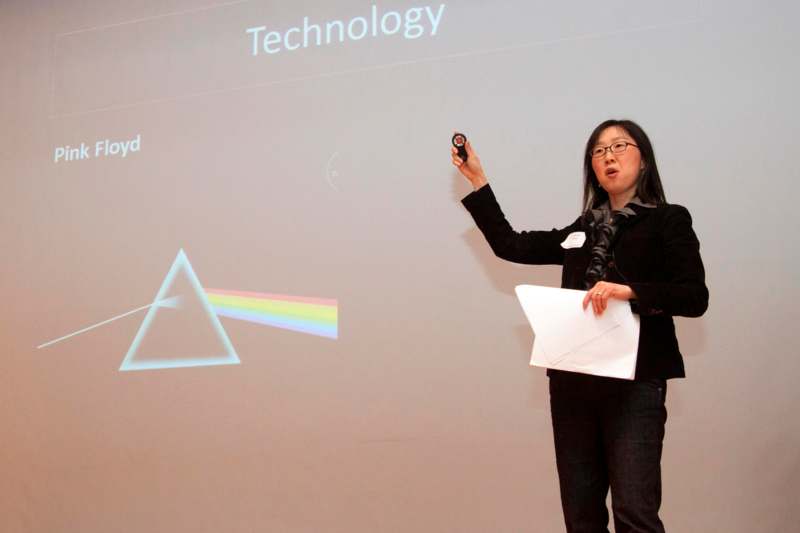
'It’s an incredibly difficult way to make a living. Artists’ recording revenue has gone down, but concert revenues have gone up. There has been a shift in the industry. Record companies are offering 360 deals, which cover all forms of distribution, and that is a recognition that albums aren’t the primary source of revenue anymore,' said Dr. Byun.
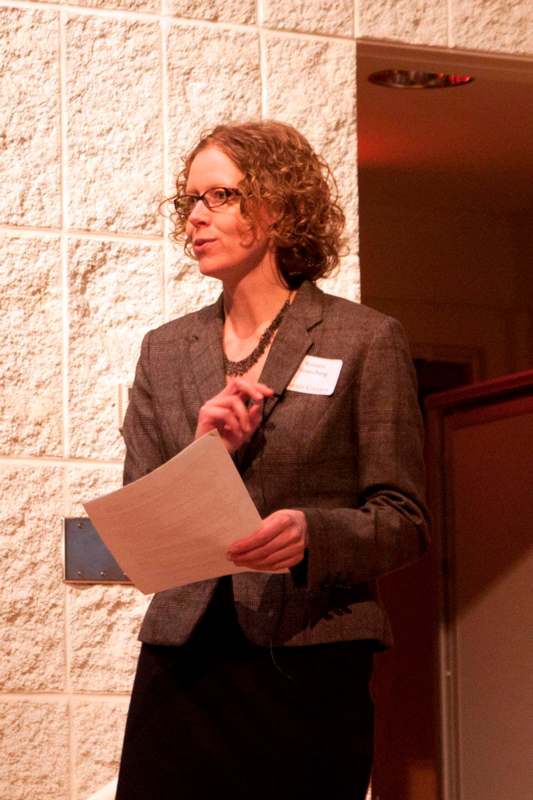
'Originally from Washington, D.C., Ellington moved to New York in 1923 and was established with his band as the house band at the Cotton Club in Harlem in 1927. The Cotton Club existed from 1923-40; right through Prohibition. This was a fascinating time and place. First of all, a lot of these clubs in New York were underground soda clubs, run largely by the Mob, who bootlegged alcohol. As a result, jazz gained a reputation as being an underground activity associated with something illegal. It takes quite a long time for jazz to completely overcome that association,' said Dr. Strandberg.

